The Automotive Battery Management System Market is currently characterized by a dynamic competitive landscape, driven by the increasing demand for electric vehicles (EVs) and the need for efficient energy management solutions. Key players such as Tesla (US), LG Chem (KR), and Panasonic (JP) are at the forefront, each adopting distinct strategies to enhance their market positioning. Tesla (US) continues to innovate with its proprietary battery technology, focusing on vertical integration to streamline production and reduce costs. Meanwhile, LG Chem (KR) emphasizes strategic partnerships with automotive manufacturers to expand its footprint in the EV sector, while Panasonic (JP) leverages its long-standing expertise in battery technology to enhance performance and sustainability in its offerings. Collectively, these strategies contribute to a competitive environment that is increasingly focused on innovation and collaboration.
In terms of business tactics, companies are localizing manufacturing to mitigate supply chain disruptions and optimize logistics. This approach is particularly evident in the moderately fragmented market structure, where the influence of key players is significant but not overwhelming. The collective actions of these companies indicate a trend towards greater supply chain resilience and localized production capabilities, which are essential in meeting the growing demand for automotive battery management systems.
In August 2025, Tesla (US) announced the opening of a new Gigafactory in Texas, aimed at increasing its battery production capacity. This strategic move is expected to enhance Tesla's ability to meet the surging demand for its electric vehicles while also reducing production costs through economies of scale. The establishment of this facility underscores Tesla's commitment to maintaining its leadership position in the EV market and its focus on innovation in battery technology.
In September 2025, LG Chem (KR) entered into a joint venture with a leading automotive manufacturer to develop next-generation battery management systems. This collaboration is poised to accelerate the development of advanced battery technologies, enhancing the performance and safety of electric vehicles. By aligning with established automotive players, LG Chem is likely to strengthen its market presence and drive innovation in battery management solutions.
In July 2025, Panasonic (JP) unveiled a new battery management system that integrates artificial intelligence to optimize battery performance in real-time. This technological advancement not only enhances the efficiency of battery usage but also positions Panasonic as a key player in the digital transformation of the automotive sector. The integration of AI into battery management systems reflects a broader trend towards smart technologies in the automotive industry, which is likely to redefine competitive dynamics.
As of October 2025, the competitive trends in the Automotive BMS Market are increasingly shaped by digitalization, sustainability, and the integration of artificial intelligence. Strategic alliances are becoming more prevalent, as companies recognize the need for collaboration to drive innovation and enhance product offerings. Looking ahead, competitive differentiation is expected to evolve from traditional price-based competition to a focus on technological innovation, supply chain reliability, and sustainable practices, indicating a significant shift in how companies will compete in this rapidly changing market.
In September 2025, Renesas introduced a new low-power Bluetooth Low Energy SoC designed for automotive applications. The chip enhances connectivity, security, and energy efficiency for next-generation vehicles. It supports the growing demand for in-car wireless communication technology.
Recently, Eberspächer and Farasis Energy Europe announced a partnership to produce low-voltage battery systems, targeting 48V and auxiliary power applications for modern vehicles. The collaboration aims to support the growing electrification of comfort and safety systems.


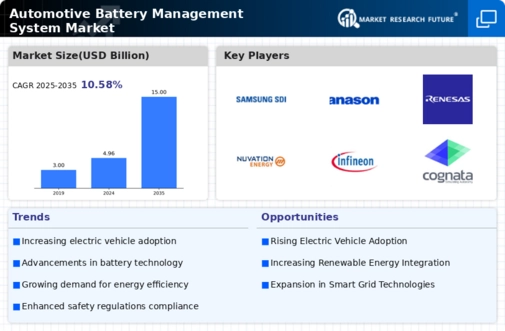
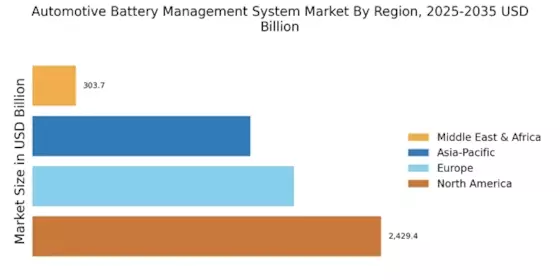
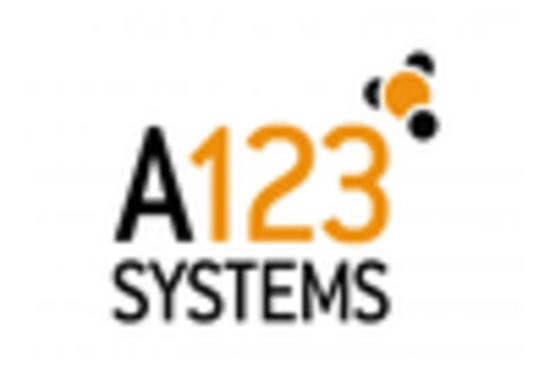
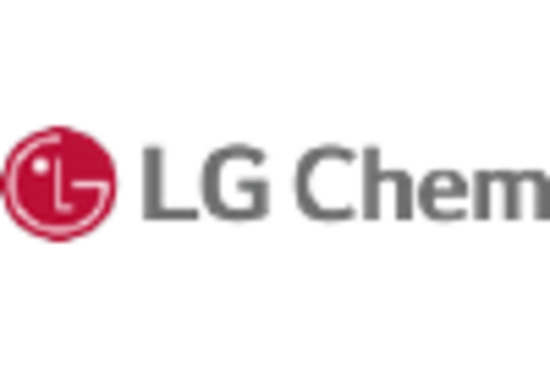
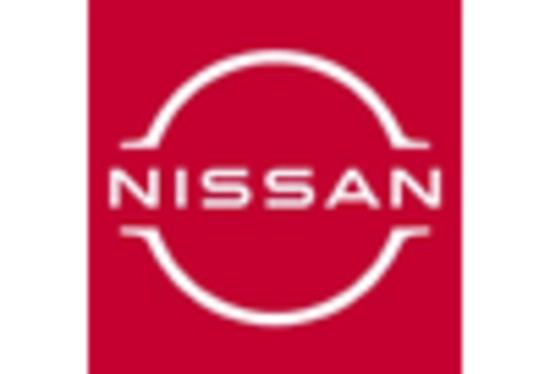

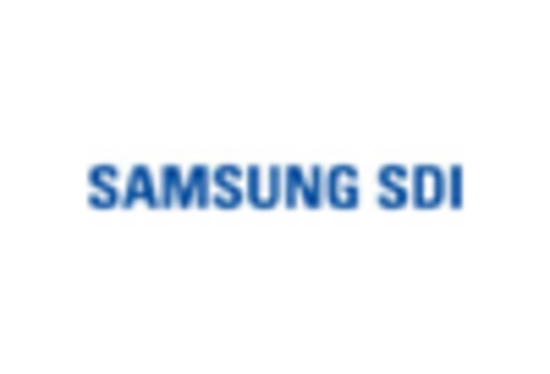









Leave a Comment